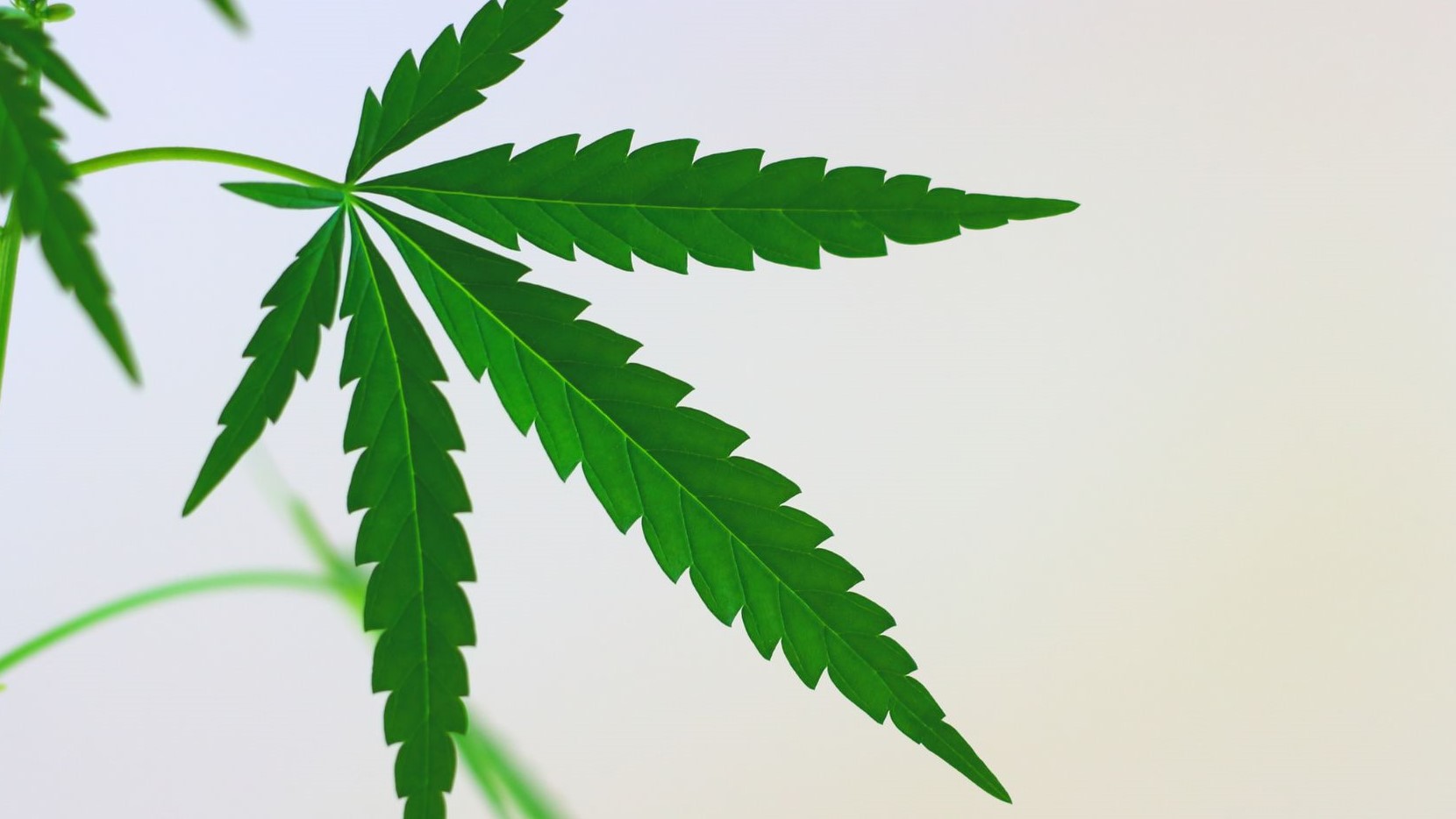In the remote wilderness of Maine, hemp is now playing a starring role in a very different kind of research: cleaning up toxic chemicals known as PFAS, or “forever chemicals,” from contaminated soil.
These “super-plants” aren’t just good for hemp oil or textiles; their thick, burrowing roots pull PFAS chemicals from the soil in just a few months. Hemp grows quickly, requires little water, and won’t recontaminate the area with fallen leaves or stems—plus, it isn’t a food source for animals. So, farmers can plant hemp in dense clusters with minimal environmental impact. Who knew hemp could be so… handy?
This innovative project is being spearheaded by Indigenous researchers from the Aroostook Band of Micmacs in Maine, specifically at the Loring Air Force Base, near the Canadian border. In 2019, researcher Chelli Stanley teamed up with Vice Chief Richard Silliboy to form Upland Grassroots, setting out to use hemp as a tool to combat PFAS contamination. By 2020, their efforts were already showing success—hemp was successfully removing some of the toughest toxins from the soil.
Phytoremediation—using plants to clean the soil—has garnered significant excitement, with the EPA awarding a $1.6 million grant to continue this crucial research. This includes exploring the possibility of growing hemp that can withstand PFAS pollution, which could have big implications for agricultural regions affected by these chemicals.
“These forever chemicals are everywhere now, pretty much ubiquitous in the environment,” said Bryan Berger, a chemical engineer and professor at the University of Virginia, who began collaborating with the Micmac tribe three years ago. PFAS can be found in nonstick cookware, firefighting foam, and synthetic materials—and they’re nearly impossible to break down. They’re showing up in farmland across the U.S., and their buildup can lead to serious health risks like cancers and liver damage.
Hemp has long been recognized for its ability to help clean the soil, removing metals like copper, nickel, and lead. The Micmacs’ unique knowledge of agriculture has made them well-suited for this task, using hemp as a part of the cleanup effort on the Superfund site they were given in 2009. Sadly, it continued a long history of Indigenous peoples being offered subpar land, but the tribe has turned the situation into a victory, pushing forward with soil remediation efforts that could benefit the land for generations to come.
“Having the earth as clean as possible is the job of all Native Americans,” said Vice Chief Silliboy in 2020. “The ground is being abused in many ways by companies that dump waste all over the place. It’s very concerning to tribes across the country, and it’s up to Native Americans to take care of Mother Earth.”
While the process of using hemp to remove PFAS is exciting, it’s not without its challenges. The researchers have to truck in water to avoid recontaminating the soil, and wear protective gear to keep PFAS from entering their systems. But the real challenge is disposing of the contaminated hemp plants once they’ve done their work. Researchers are testing various disposal methods, including thermal and chemical processes, but getting rid of all the hemp needed to clean an area the size of a 100-acre farm could take weeks.
Still, Berger remains optimistic. “Our dream at the end of this project would be having a protocol, a kind of recipe,” he says. “If you were a farmer and you called me, I could send you hemp seeds and a protocol, and if you follow the protocol I sent you, you could use that to help you remediate your soil.”
So, while hemp may have made its mark in the wellness and construction industries, it’s now showing its true power as a plant that can actually help save the earth. Who knew hemp had such “green” potential?
Photo by Vera Tikhonova from Getty Images Pro




